|
Johan Mathe is co-founder and Chief Technology Officer at Atmo. He is currently leading scientific and technological development - pushing the boundaries of climate and weather science using AI, applied mathematics and massively parallel distributed systems. His lifelong mission is to bring applied mathematics and AI to the physical sciences. After 8 years at Google and Google X working on Project Loon, leading critical efforts in the planning and simulation team, he went to bring deep learning to the world of cardiology as one of the founding team members at Caption Health. After building the first prototypes and products, he went to bring AI to the world of Plasma Physics, as Director of Engineering at Apollo Fusion (now Astra Space) which recently launched their first propulsion system in orbit. Johan holds 14 patents, various peer-reviewed publications in AI and applied mathematics, and is also a recreational aerobatics pilot. While he was at caption health, he participated in outreach missions in Eldoret, Kenya to help detect rheumatic heart diseases amongst more than 1000 children. |
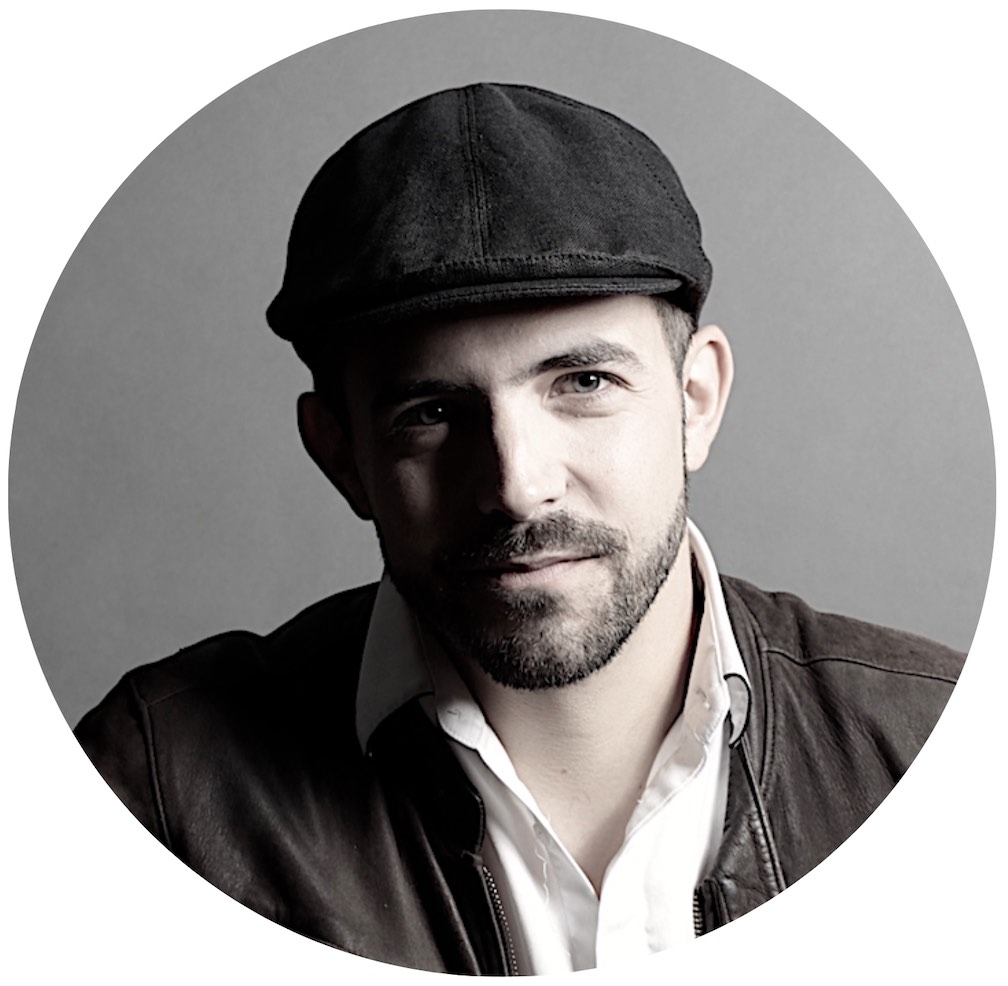
|
|
Interest in signal processing, optimization, statistics/machine learning, image processing and control theory. |
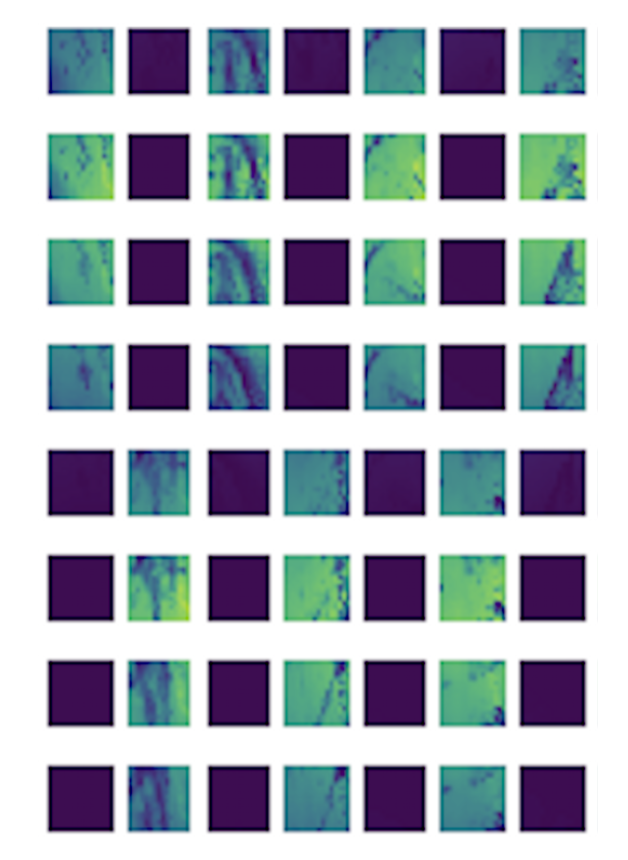 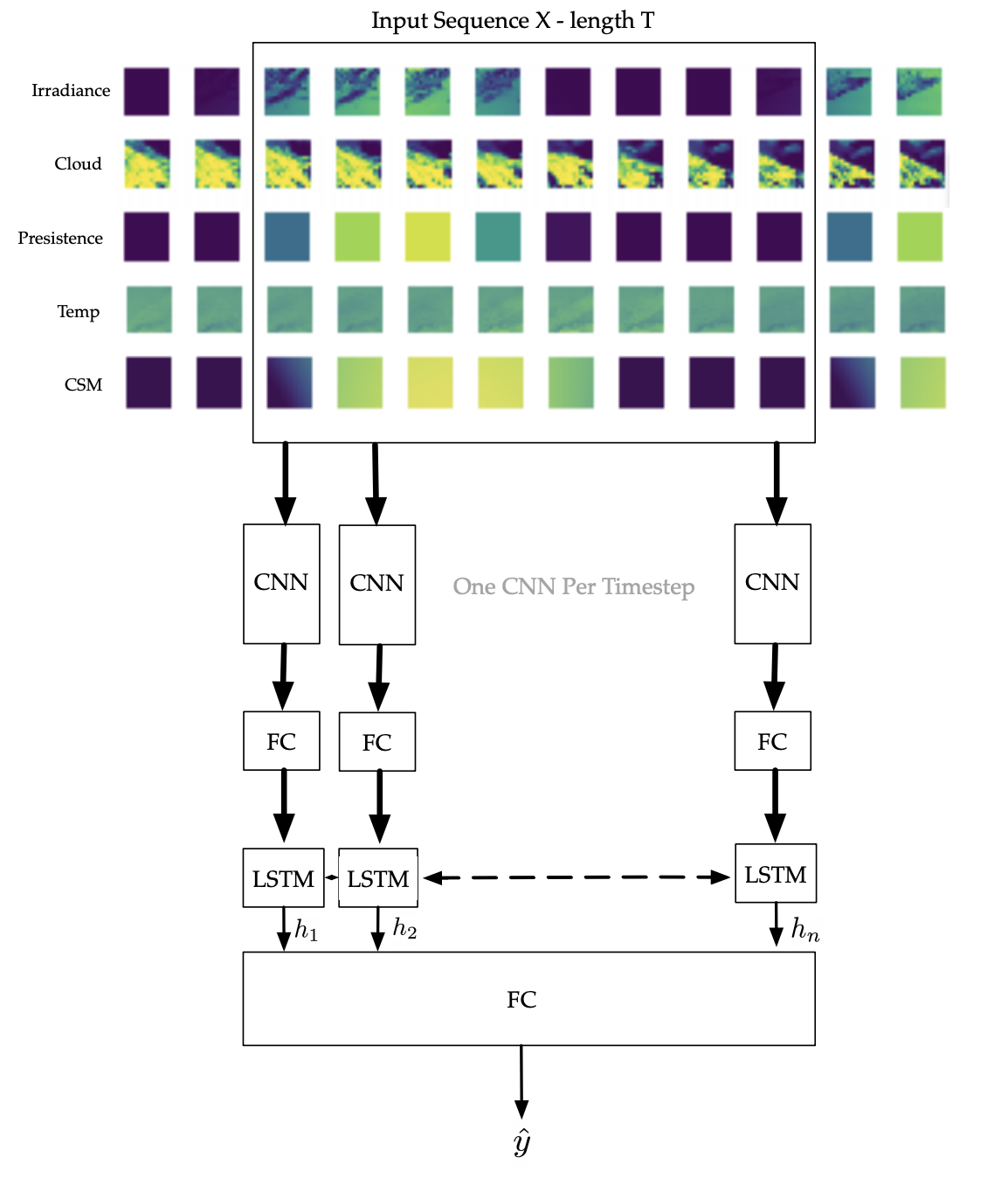
|
Johan Mathe Nina Miolane, Nicolas Sebastien, Jeremie Lequeux, arXiv Preprint, 2019 Photovoltaic (PV) power generation has emerged as one of the lead renewable energy sources. Yet, its production is characterized by high uncertainty, being dependent on weather conditions like solar irradiance and temperature. Predicting PV production, even in the 24 hour forecast, remains a challenge and leads energy providers to keep idle - often carbon emitting - plants. In this paper we introduce a Long-Term Recurrent Convolutional Network using Numerical Weather Predictions (NWP) to predict, in turn, PV production in the 24 hour and 48 hour forecast horizons. This network architecture fully leverages both temporal and spatial weather data, sampled over the whole geographical area of interest. We train our model on a NWP dataset from the National Oceanic and Atmospheric Administration (NOAA) to predict spatially aggregated PV production in Germany. We compare its performance to the persistence model and to state-of-the-art methods. |
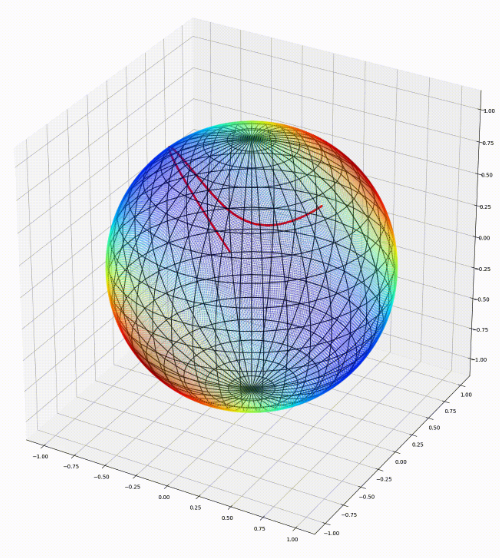 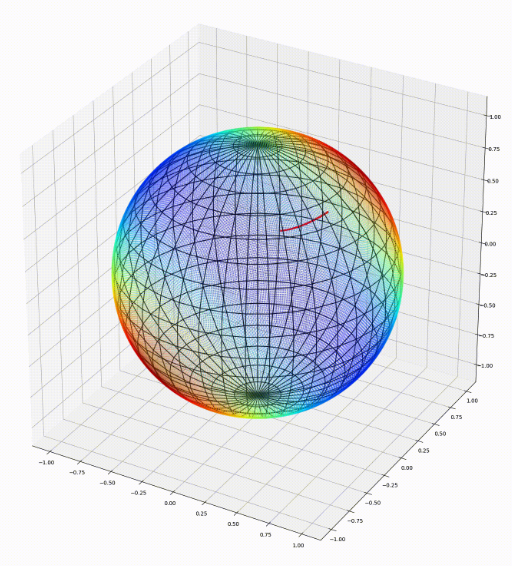
|
Nina Miolane, Johan Mathe Claire Donnat, Mikael Jorda, Xavier Pennec, arXiv Preprint, 2018 project page A python package that performs computations on manifolds such as hyperspheres, hyperbolic spaces, spaces of symmetric positive definite matrices and Lie groups of transformations. |
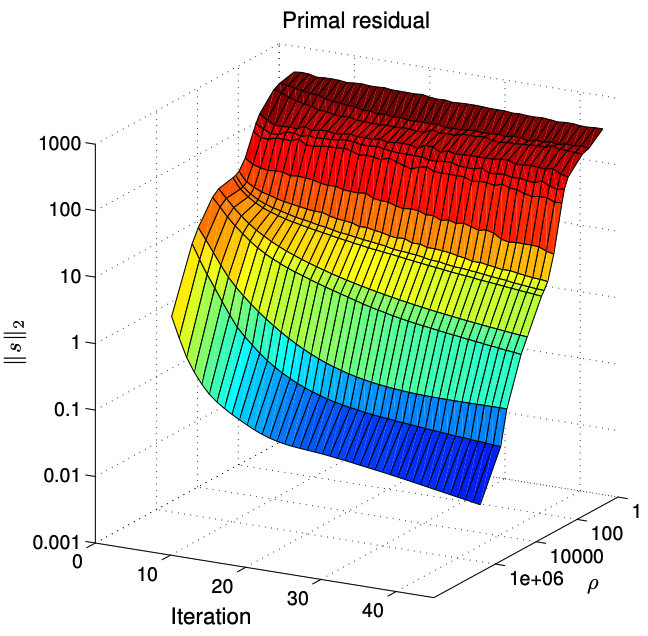 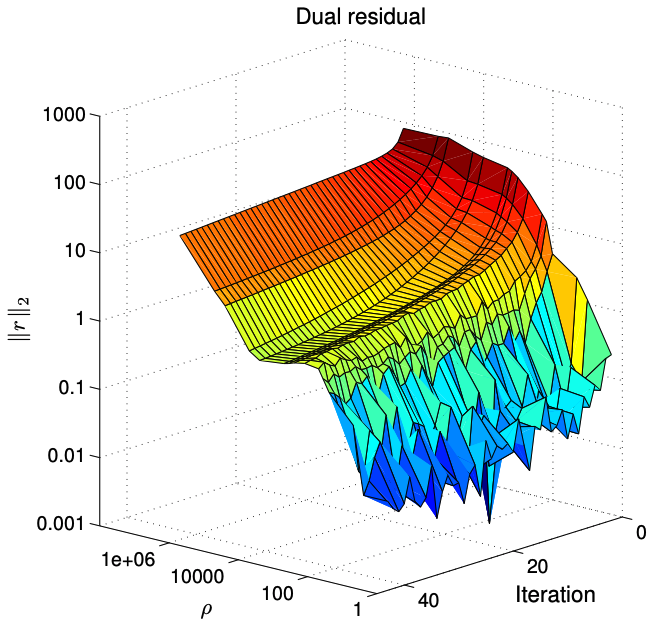
|
Johan Mathe I implemented the Alternate Direction Method of Multipliers (ADMM) global consensus algorithm with the MapReduce framework and compare the resulting performance with another distributed optimization technique. We will also investigate various caveats with this implementation. More recently I implemented a version of ADMM for keras. |
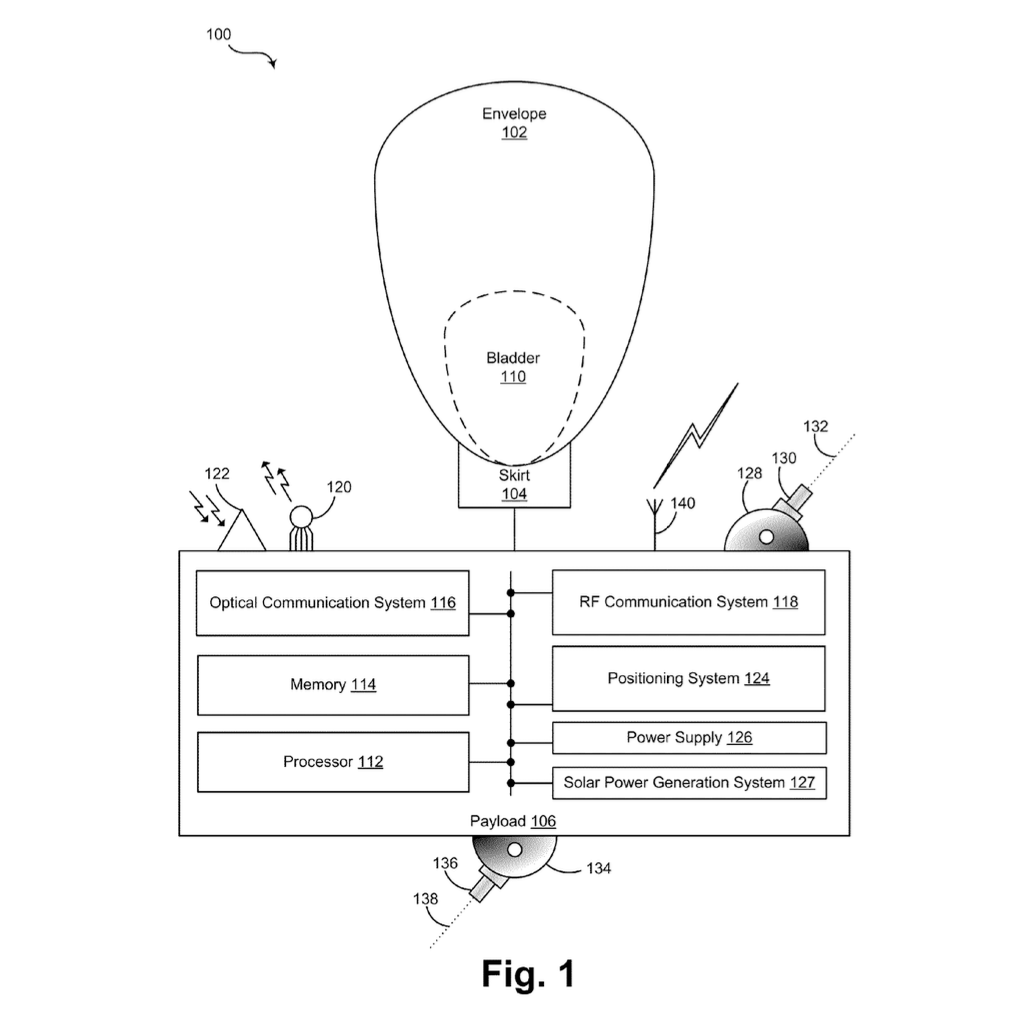 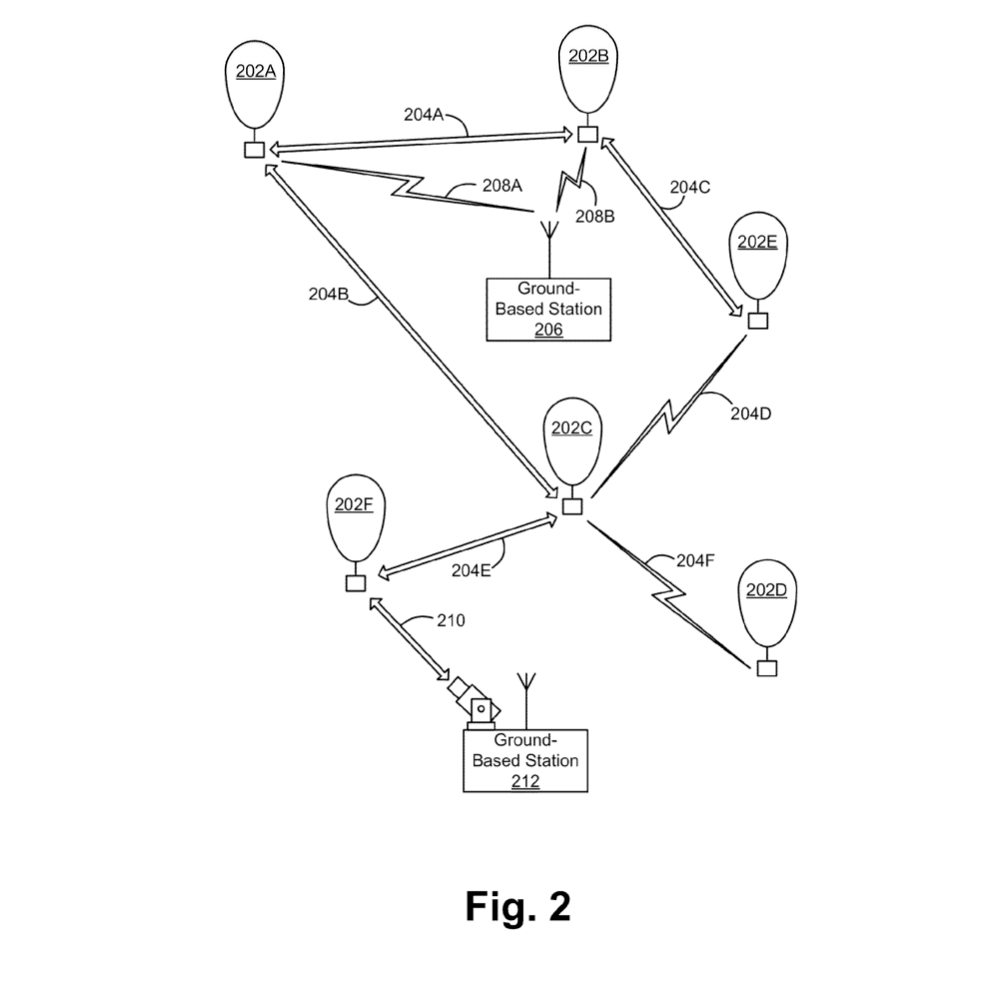
|
|
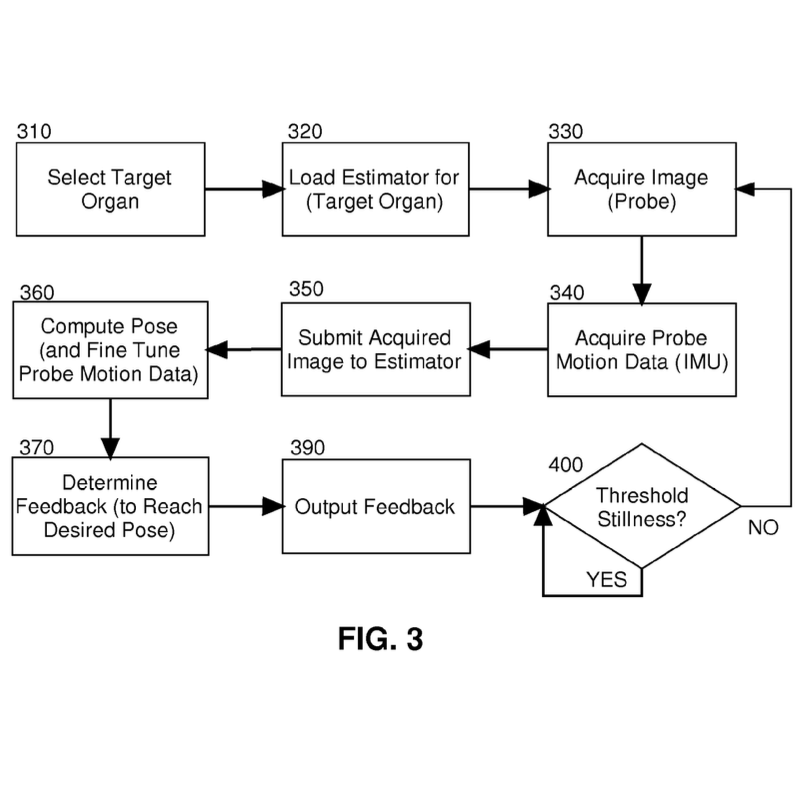
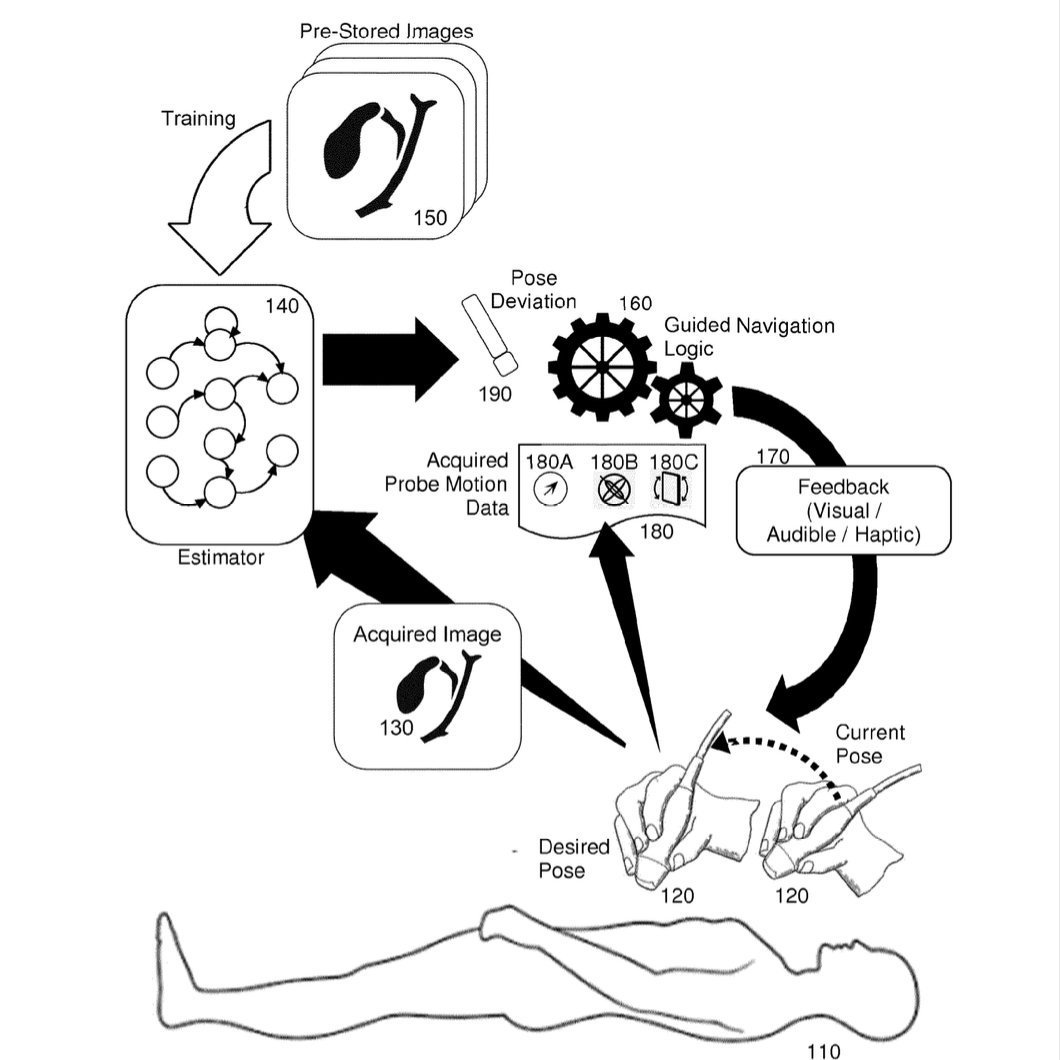
|
Charles Cadieu, Ha Hong, Kilian Koepsell, Johan Mathe, Martin Wojtczyk Embodiments of the invention provide for the guided navigation of an ultrasound probe. In an embodiment of the invention, an ultrasound navigation assistance method includes acquiring an image by an ultrasound probe of a target organ of a body. The method also includes processing the image in connection with an estimator such as a neural network. The processing in turn determines a deviation of a contemporaneous pose evident from the acquired image from an optimal pose of the ultrasound probe for imaging the target organ. Finally, the method includes presenting the computed deviation to an end user operator of the ultrasound probe. |
|
|
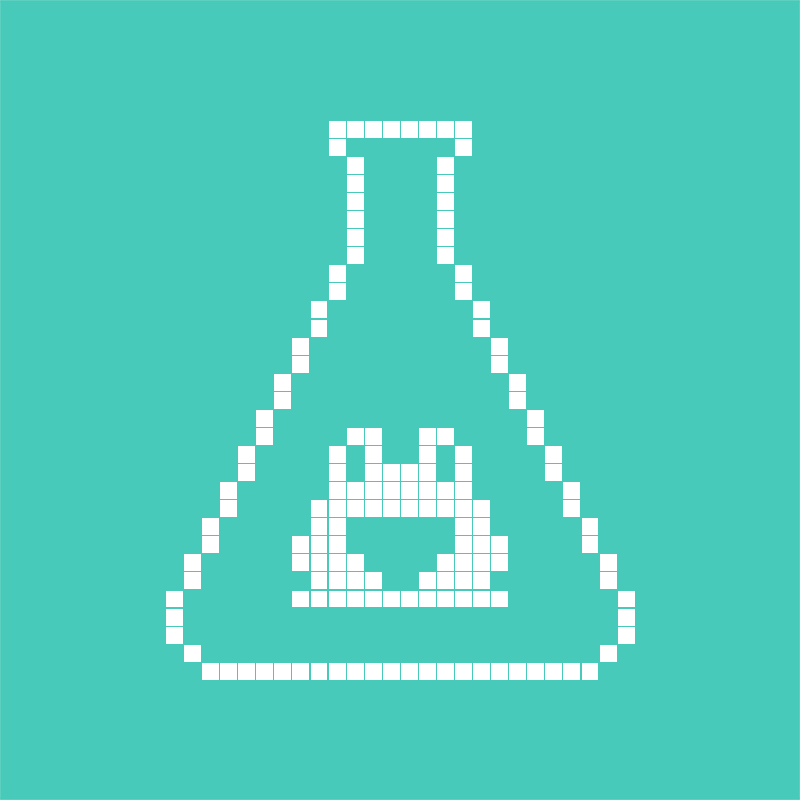 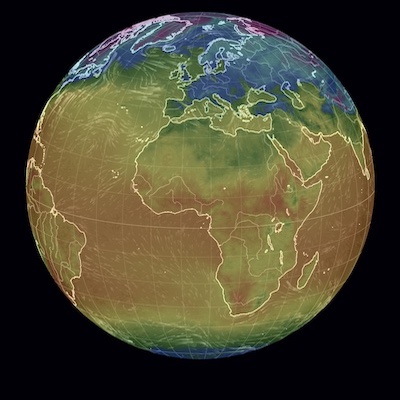
|
Atmo builds AI-enabled hardware-software systems that solve weather prediction for any city, state, or country. |
 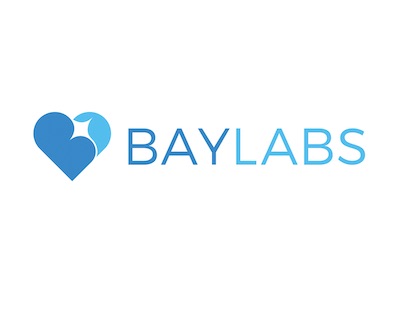
|
I was part of the Caption Health founding team. I designed some of the first guidance and diagnostic algorithms. I spent a fair amount of time working on Rhumadic Heart Disease. With a team of Echo sonographers and pediatricians from the American Society of Echocadrigraphy we went to Kenya to help young children in remote villages get early diagnostics. Some more details in Jack's newletter. |
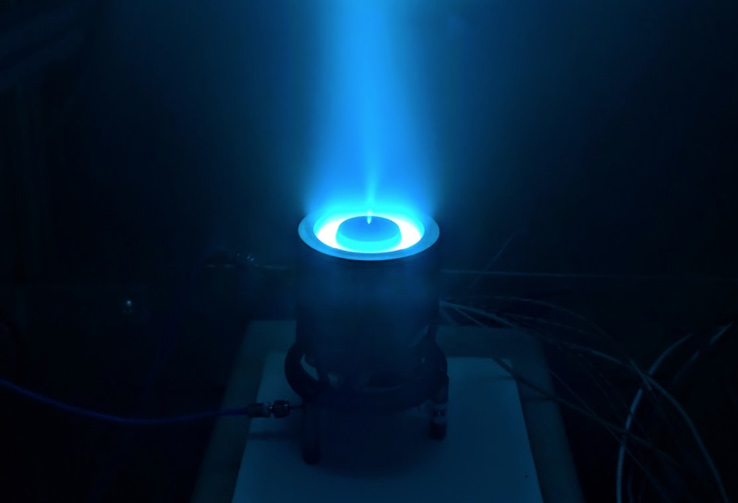 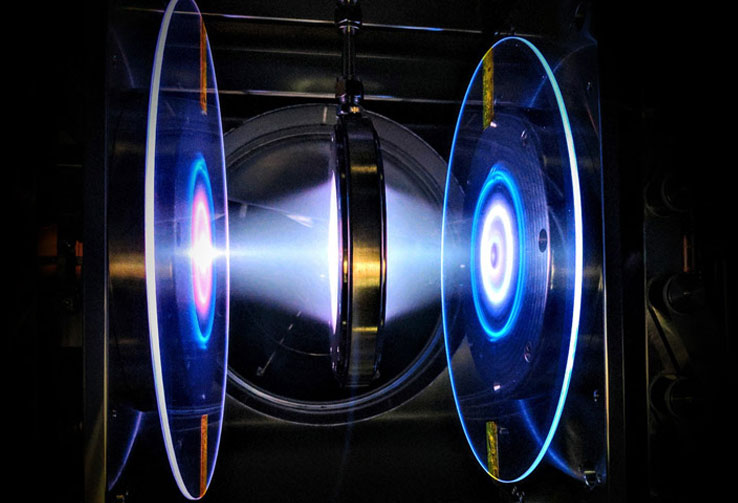
|
At Apollo I created various black box optimization methods in order to improve the performance of plasma based systems with a reactor-in-the-loop experiment system. The performance improvements led to the building of improved hall effect thrusters. I also led the design of the Power Propulsion Unit, which is the part of a satellite that converts power from the main bus to the thruster itself. |
 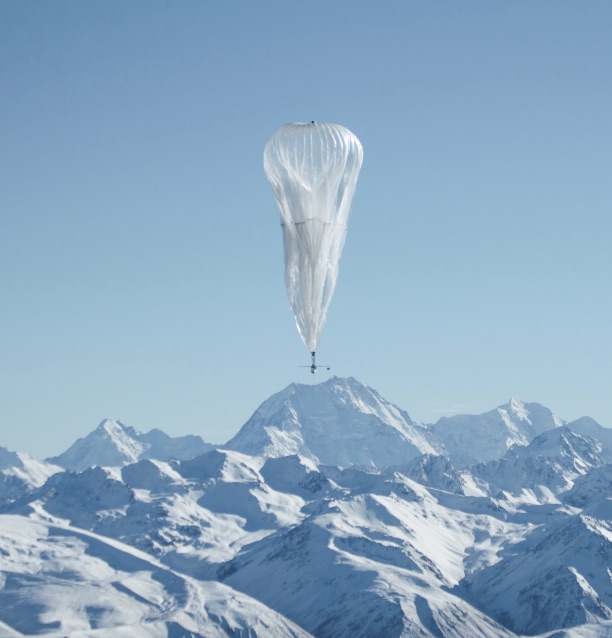
|
At X and Loon, I designed some of the original guidance algorithms and software in project Loon. That's where I started working extensively with weather data - especially wind data. I focused on optimal control and path planning. We also worked on explore exploit strategies to allow unprecedented balloon steering performance. You can find more details on this article from MIT Tech Review. This video is a good starting point if you never heard of project Loon. A great article on The Verge gives some interesting bits about loon navigation's system. |
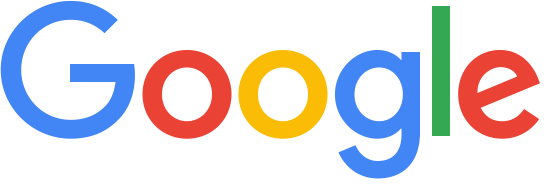 |
At Google I worked on the design of distributed systems (Google File System and its successor colossus). Subsequently I worked on the census library and the first version of what's publicly known as GRPC, the google RPC library. |
|
|
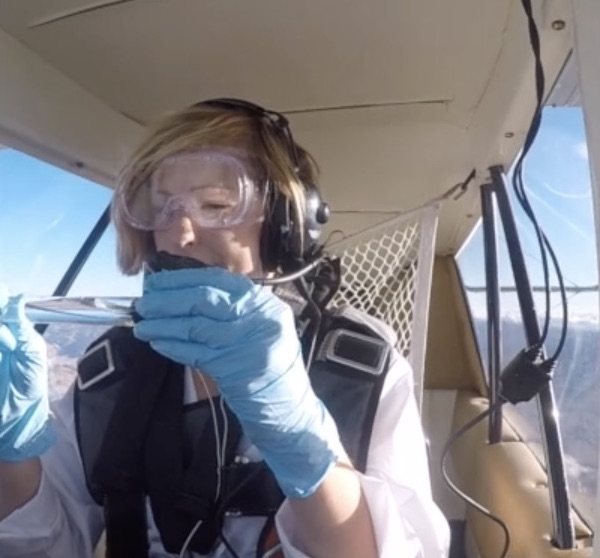 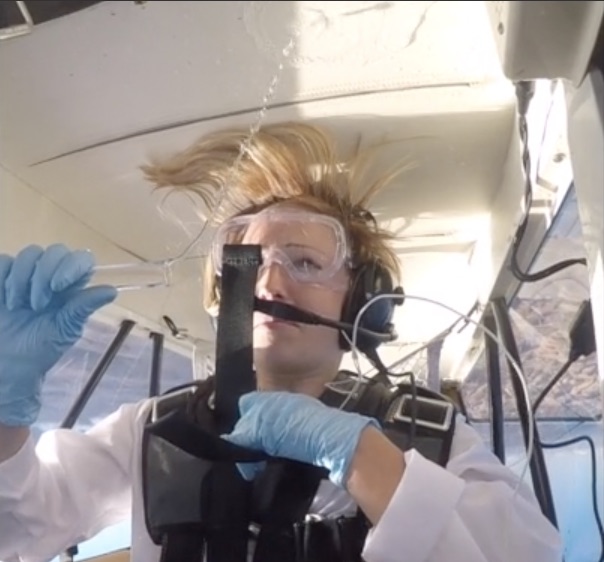
|
After learning how to fly airplanes upside down, we decided to go and run some experiments with floating water. We tried to pour water during inverted flight, during 0 g parabolas, and rolls. This kind of aerobatics flight brings us from -1G all the way to 4Gs. |
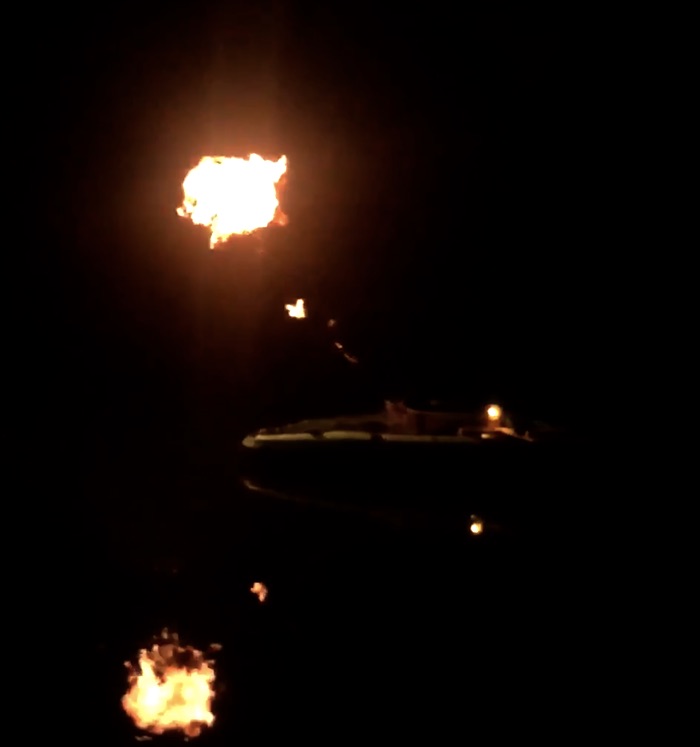 
|
We built an RC kayak using exclusively fans. To be more specific, there are no underwater moving parts - only thrusters. Two orthogonal flame throwers are mounted on top of the kayak. |
|
Big thanks to the original template author. |